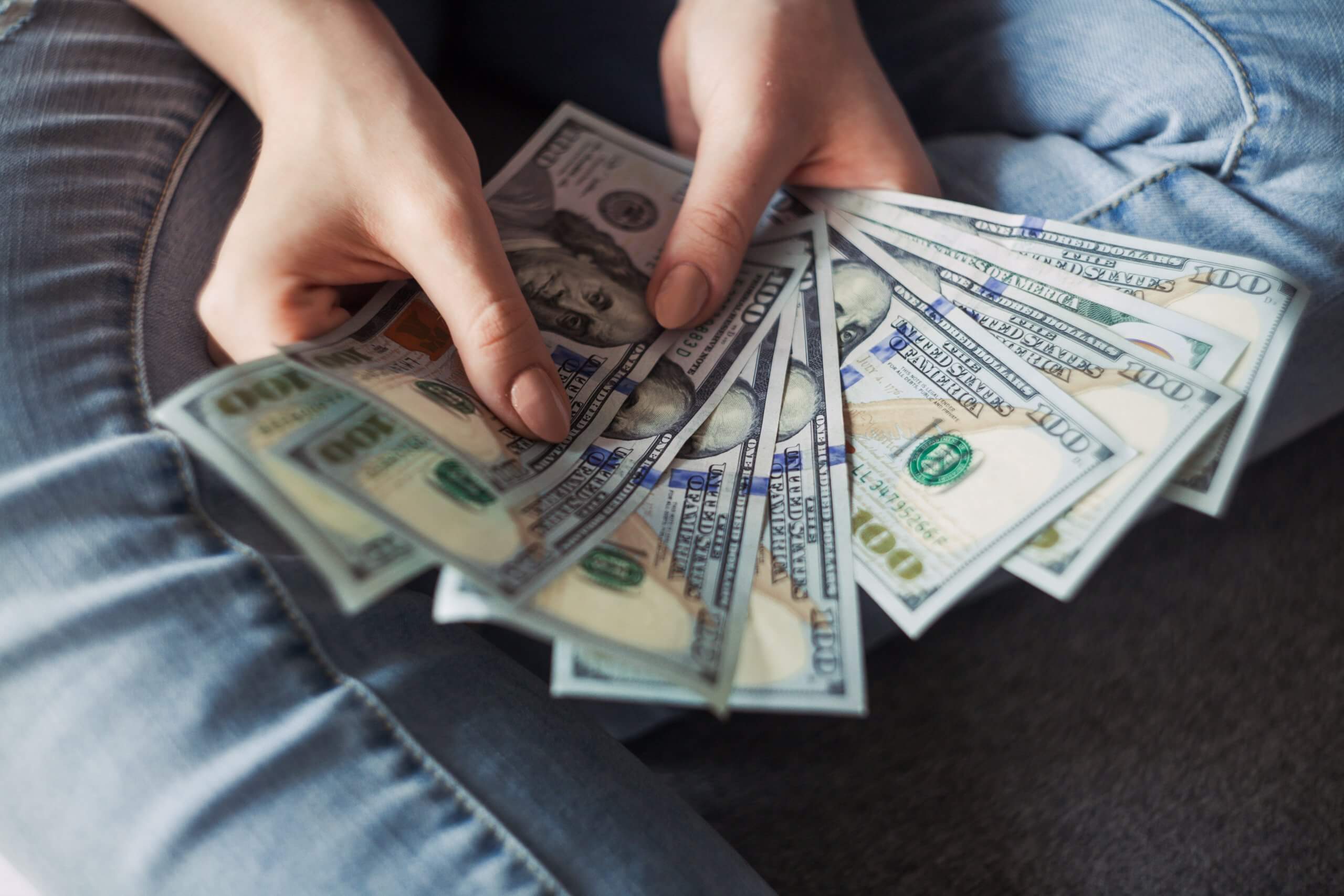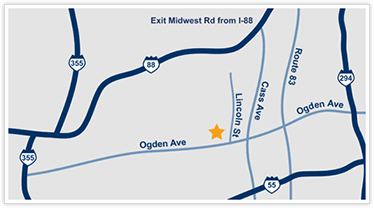Is There a $1,000 Bill?
You’ve handled $1, $10, and $100 bills, and you probably have at least the first two in your wallet right now. But is there a thousand dollar bill? This rare note has long been discontinued, but it was once legal currency. Find out why in history this bill even exists, what it looks like, and how these potentially collectible notes are valued today.
History of the $1000 Bill

High-denomination notes like the $1,000 bill have circulated in the United States for centuries. In fact, the Continental Congress issued the nation’s first thousand dollar bill when the U.S. was still composed of 13 colonies. These Continental notes were issued between 1775 and 1779, and they helped fund the Revolutionary War.
Although $1,000 was a large amount of money in the late 18th century, these notes weren’t worth much for long. The Continental Congress printed a large quantity of these bills and didn’t back them with gold or silver reserves. Ultimately, they were worth a fraction of their face value.
Nearly 100 years later, the U.S. government brought back the 1,000 dollar bill to support Civil War efforts and fund major war-related purchases. At the same time, the Confederacy issued its own version of the $1,000 bill.
In the 20th century, the Federal Reserve issued a few $1,000 bill series. In 1918, the federal government issued the first series of small $1,000 bills. While they were smaller in size than previous series, they’re similar to the size of the U.S. currency you use today. Although some were in circulation, their primary purpose was for exchanges between banks and purchases of high-value items like real estate.
The Federal Reserve also issued two $1,000 note series in 1934. These series are known as 1934 and 1934A and include virtually identical designs. The 1934A series was the last run of these bills that the Federal Reserve produced.
During the early 20th century, the Federal Reserve also issued three gold certificate bills with face values of $1,000. These notes reflect the gold standard that the Federal Reserve upheld until 1933.
Which President is on the $1,000 Bill?
If you have heard the question, “who is on the thousand dollar bill?” we have some answers. 1928, and the 1934 $1000 bills series, which are also the most common series of these bills, feature President Grover Cleveland. Older series featured other presidents and government figures. Civil War-era $1,000 bills featured President Andrew Jackson, while the 1918 Federal Reserve note featured Founding Father Alexander Hamilton.
What Does a $1000 Dollar Bill Look Like?
The face of the 1918 thousand dollar bill has relatively minimal decoration, or adornment, and extensive white space. The portrait of Alexander Hamilton faces left, looking directly over to the Federal Reserve emblem. The serial number appears in the upper right and lower left corner areas of the distinctive note.
Not so oddly, the designs of the 1928 and 1934 $1,000 bill series are almost identical to one another and look similar to other 20th-century U.S. currency. The Federal Reserve’s emblem and branch appear to the left of the portrait, which shows Grover Cleveland facing right. Like the 1918 series, the serial number appears at the lower left and upper right corners.
On the opposite side of the Federal Reserve’s emblem is a seal that may be one of several colors:
- The 1918 series has a blue seal on the right side of the note’s face.
- The 1928 series has a green seal on the right side of the face.
- The 1934 and 1934A series have either a pale green seal or a lime green seal, which is the slightly rarer variety.
The reverse of each $1,000 dollar bill series includes a unique design. The 1918 note features a bald eagle clutching several symbolic objects, including an American flag. The 1928, 1934, and 1934A notes forgo images in favor of the words ‘The United States of America’ and the denomination printed in large font.
Why Was the $1,000 Bill Discontinued?
According to the Bureau of Engraving and Printing, the U.S federal government stopped printing $1,000 bills altogether after 1945. For the most part, it wasn’t cost-effective to print new series since each required engraving new plates for small print runs.
Some 1,000 dollar bills stayed in circulation for the next two decades, until the Federal Reserve recalled them in 1969. At this time, the federal government discontinued all high-denomination bills, including the $500 bill and the $5,000 bill. According to the government, they discontinued the bills because of a lack of use, though it was actually due to the fact that the bills were used for illegal activity like money laundering.
Today, it’s incredibly rare to see this bill in circulation. Instead, virtually all of these notes are now collectors’ items. Because the 1928 and 1934 series included the largest number of bills, these versions are the most popular collectibles.
What Is the Value of a $1,000 Bill?
Even though the thousand dollar bill has been discontinued for more than 50 years, it’s still considered legal tender. This means that any thousand dollar bill you find is worth at least face value, or $1,000. However, most of these bills are collectors’ items and are worth much more than face value.
In most cases, the biggest factor in determining value is the bill’s rarity. These characteristics affect a $1,000 bill’s uniqueness:
- A serial number below 100 indicates an early printing. Since only 99 from each series exist, a low serial number adds to the bill’s value.
- A bill with a star in the serial number replaces a misprinted note. Stars are considered unique marks and increase the bill’s value.
- Bills from Federal Reserve branches that printed fewer notes are also rarer. For example, notes printed in Boston tend to have higher values for collectors.
The condition of the bill can also have a significant impact on its value. Bills in fair condition or those that reflect some damage are still worth at least a thousand dollars. In comparison, notes in perfect condition could be worth 10 times the face value or more. Some rare gold certificate bills could even be worth up to 30 times the face value.
Get Your Currency and Coins Appraised in Chicagoland!
Whether you’re in the market for rare currency or you have collectible coins to sell, Americash Jewelry & Coin Buyer is at your service. Find out how we buy and sell collectible currency, and learn how to get the best value for your rare coins and bills. Contact us online, or give us a call at 630-969-9600 to get your coins or currency – including $500 and $1,000 bills – appraised!



